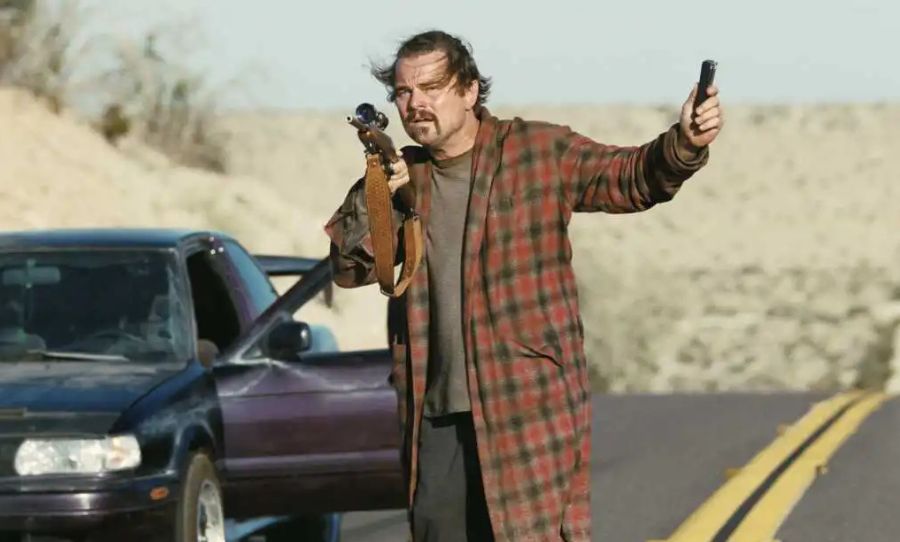Few genres in gaming have gripped our imagination more forcefully than racing games. From the early ’70s (aka the dawn of video games) onwards, car racing games have transported us to the realm of fantasy and also put us in the driver’s seat of very realistic Formula 1 machines.
It goes without saying that integral to the experience of driving—in real life or in a simulator—is sound. Those who have taken even a passing interest in motorsport and watched any race can attest to the drama evoked by the roar of the engine.
So how to capture it in games? Let’s take a look at how racing games have developed a unique sound world of their own and how different games have got our blood pumping throughout the decades.
Racing games have a unique sound world of their own. Let’s explore how these games have triggered endorphin releases throughout the decades with the roar of the engine.
Gran designs
Despite being at the ‘big bang’ of the video game epoch, Atari already understood the allure of racing games. The first racing game, Gran Trak 10, was released as an arcade game by the company in 1974. When you look at the graphics of the game, they’re not attempting to create a realistic experience. It’s just a simple bird’s eye view of the circuit, where the player pushes a few pixels around a black and white screen. Sure, it was an advancement on Pong—released by Atari a couple of years earlier—but not by light-years.
The sound, however, was rather special by the standards of the time. The chips used to power these ancient arcade games weren’t powerful and resources had to be rationed carefully. The Gran Trak 10 development team, however, were aware of the power of sound to create engagement in racing. The result—on the audio front—really was light-years beyond Pong.
It wasn’t an extensive pallet by any means. Just three sounds, a crash, the screeching brakes leading up to said crash and a purring, surprisingly satisfying engine sound, that even responded to gear changes. Put on some headphones and check out the below video for some immersive racing game sound from 46 years ago—it’s pretty damn good!
Run to the ’80s
In the ’80s, the soundscapes of games became more complex, but not necessarily more realistic. Take the archetypal racing game of this period, OutRun, as an example. Visually, the Sega title put racers closer to the driver’s seat, as the player follows the Testarossa through some stunning, fluorescent, pixel-art landscapes.
There was a sweet soundtrack that helped spawn synthwave as an entire genre, but the car sounds themselves rarely got better than filtered and modulated white noise. And the brake sounds? Whatever they are, just make it stop!
Microchips had more capacity, but with far more emphasis on graphics, the realistic sounds that Atari prized so highly were relegated to second place in this classic racer. As computers gained the capacity to use audio samples for engine sounds—rather than rely on synthesis—the racing game started to become a whole lot more realistic.
Race to the future
Since around the turn of the millennium, soundtracks and sound effects in games have mainly been sourced from samples. Depending on the development budget, this advent in technology meant that sound engineers could go crazy with miking cars in all sorts of unconventional ways, rendering every last sound with true-to-life detail.
For example, in an extensive article by Dino Dalle Carbonare for Speed Hunters, he detailed his observations of the sound crew working on a game in the classic Need for Speed franchise. No expense was spared when it came to recording the sounds of the cars in action. From lapel mics gaffer-taped to wheel-arches in order to capture the nuances of the tyres’ rubber on different surfaces, all the way to lengthy shotgun mics, recording the ambient reflections of engine roars off the mountain ranges.
This amount of recording obviously makes quite a complex overall sonic character of a car. So how do go about implementing that into a game? Well, you can use middleware like FMOD to effectively synthesize the increase and decrease of RPM in an engine. REV, by Crankcase Audio, takes this technique to a new level of realism. From a recorded sample, you can synthesize it in a granular way and have complete control over the automation. The demo below is quite old, but it’s still impressive.
In the ’70s and ’80s, digital technology didn’t allow game developers to have their cake and eat it too. Vision was sacrificed for sound and vice-versa. Nowadays, racing games are blessed with beautiful visual worlds and completely immersive soundscapes. With high-quality headphones the norm and 3D audio becoming increasingly influential, the future looks rosy for racing games, a genre that is as old as gaming itself.


